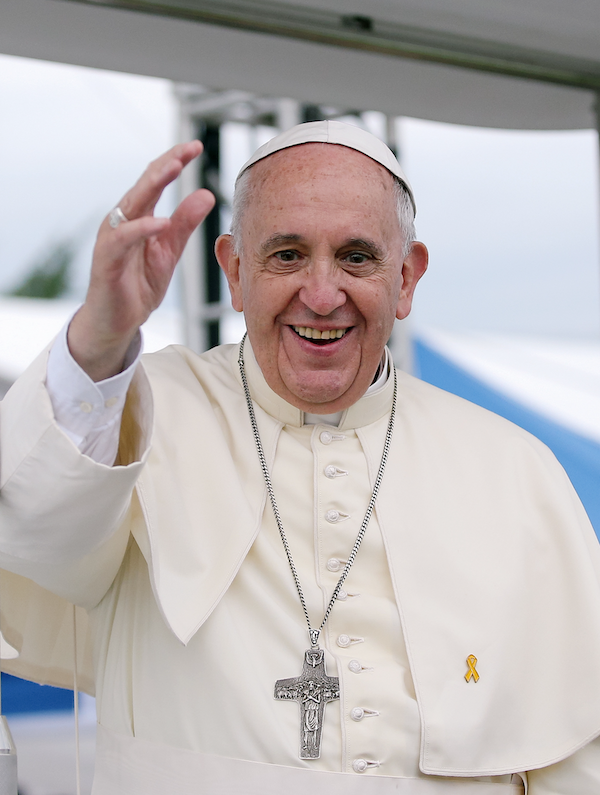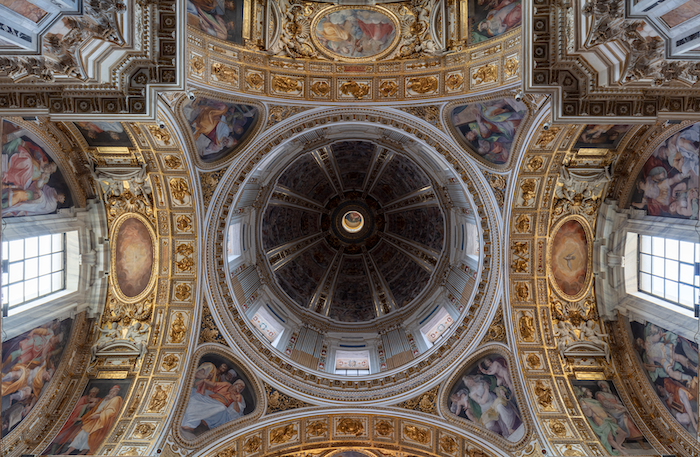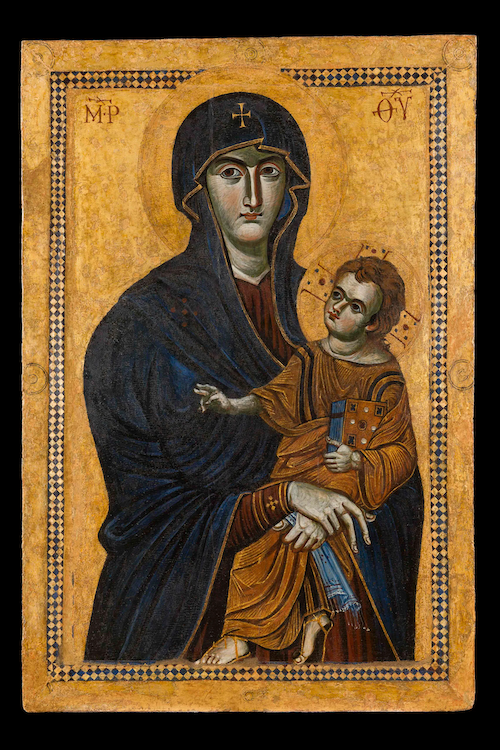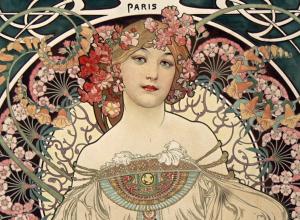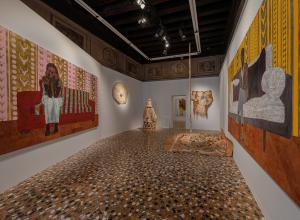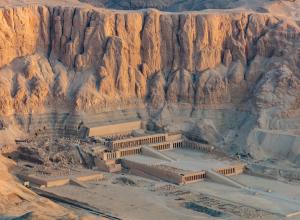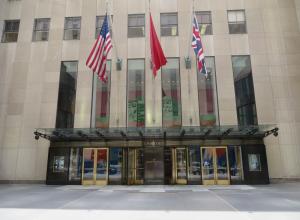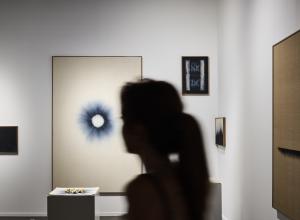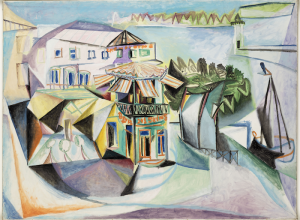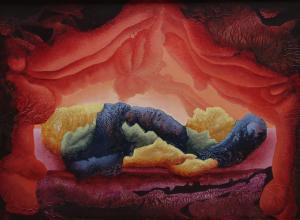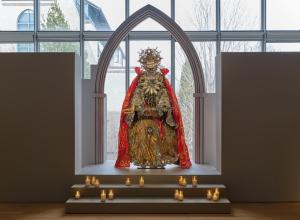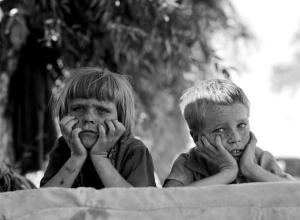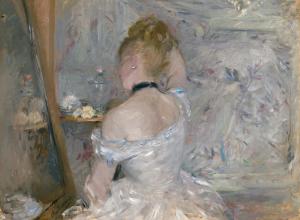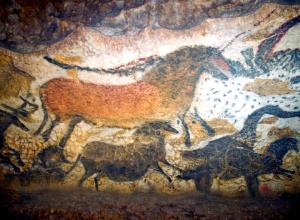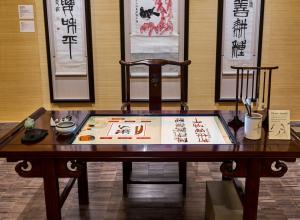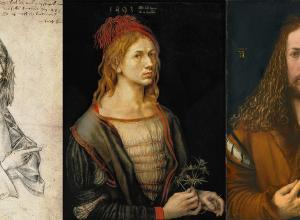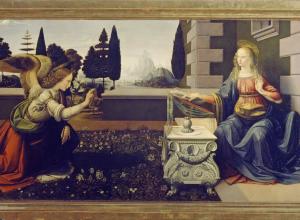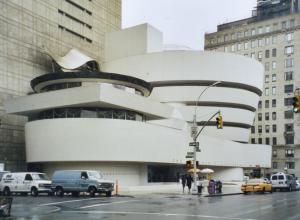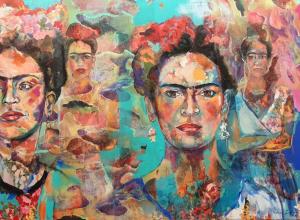Ever since giving his first formal speech while dressed in simple white robes, contrasting the elegantly trimmed capes traditionally worn, Pope Francis has strayed somewhat from the Roman Catholic ŌĆ£norms.ŌĆØ This diversion also includes his decision on where to be buried, as he had been revising and simplifying his funeral rites over the past few years.
Popes are, in fact, allowed to be buried in various churches across Rome, not just in the heart of the Vatican. During the 14th century, some even claimed France as their final resting place after the papacy was moved to the French-Italian border following political strife. However, after Pope Leo XIII's interment at St. John Lateran in 1903, every succeeding pope has chosen to be laid to rest at St. PeterŌĆÖs Basilica in the Vatican Grottoes.
That is until Pope Francis. Even during his early years in power, the Pope declared his wishes for the Basilica of Santa Maria Maggiore, located at the summit of RomeŌĆÖs Esquiline Hill, to be his resting place. Surprisingly, he is not the first to choose this for burial, as Pope Clement IX was laid there in the 17th century.





